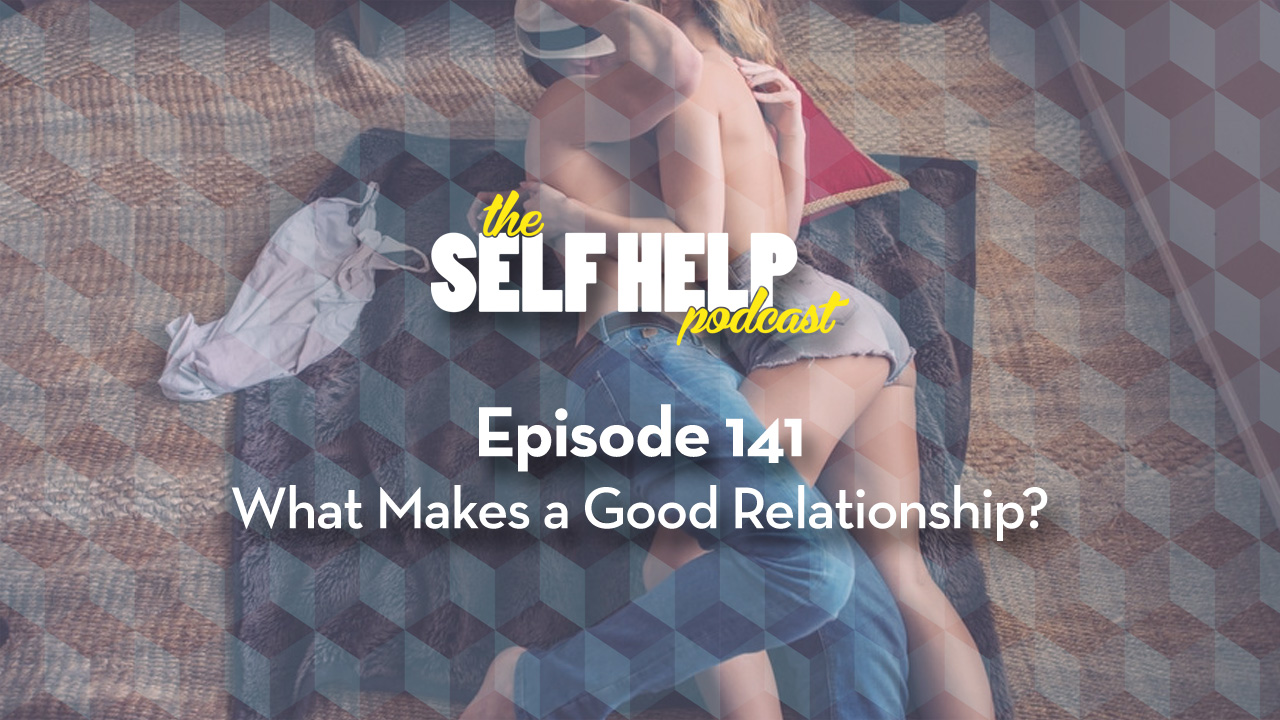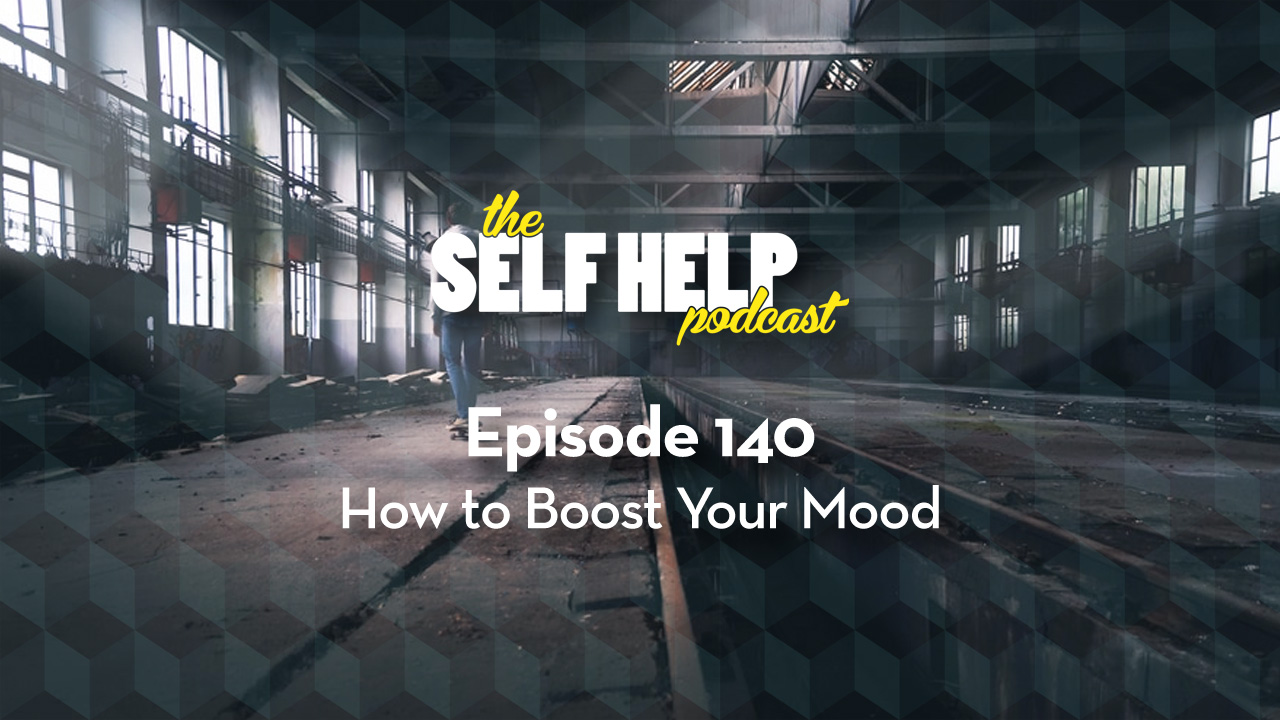This week Ed and I were talking about the seemingly endless need that human beings have to always have more. This seems to become extreme at festive time like Christmas and Easter when we see people in the supermarket with trollies stacked high with food and other goods. It’s as though we are all preparing for a segue. Actually the shops are only closed for a day.
There is a sense in which the world has gradually got larger. Certainly with food we have gone from regular size, to family packs, jumbo packs and super size. The packs we buy and the people that we are, just get bigger. Then sadly we read the statistic that over 30% of the food that we buy ends up in the bin.
Not only size but also quantity. Just how many shoes, shirts, coats, bags, and so on do we each need. Ed and I renamed Christmas “Stuffmas” as we each have to find new places to store all the stuff that will be given to us on Christmas Day. So I say “if I can’t eat it or drink it, then I don’t want it” and now I have enough food, drink, biscuit and sweets to feed an army.
It is difficult because the things that are given are done so with love and it is important to learn how to receive as well as to give. I notice that each year more people tell me that they are not buying gifts or sending cards and that they are donating those funds to a project for the poor and needy somewhere in the world.
The need to have, buy, own, give and receive has become embedded in our social psyche. The increase of need and therefore production is the basis of a capitalist economy. Such economies see growth as their aim but they only grow when demand continues to rise. If you listen to the financial news the messages are things like…
“China’s economic growth has slowed last year to only 7%. This has suppressed the price of oil, which has dropped for $100 dollars to $30 a barrel. this means that people are now losing jobs in Aberdeen, Scotland due to the slow down in demand”.
In our system unless there is a growing population the existing population has to buy more to sustain the growth. In Britain we have a population decline. So the financial markets, some time ago, came up with a cunning plan to sustain the systems need for growth. This is called credit.
In the past the economy was stable and grew very slowly if at all. The price of a product remained the same year after year and so wages also stayed the same. Before credit generations of people saved up for what they needed and did not get it, or have it, before they could afford it. Credit allows us to have the future in the present, to live the future in the present, in the now.
Why do we Want to buy more and more all the time?
Buddha’s answer to overcoming the pain of ‘wanting’ is to let go of the future. Indeed to let go of anything that isn’t right here, right now. Credit stops us living in the present. With credit we always have one foot in the future.
I suspect that what we are looking at is an evolutionary need for more.
Imagine that you are part of a hunter gatherer family. The man is out hunting for meat and the woman at home in the cave looking after the kids and the in-laws and going down to the bush to gather nuts and berries and to the water source to fill the pots and pans.
While in the wood the woman sees a large nut tree ready for harvest. Does she only take what she needs to feed her family for that day? Or, does she take more than she needs so that on a day when there isn’t that much food around they can still all eat? This situation also creates a social dilemma. Is she takes more than she needs there will be less for other woman’s families in her community. However, it also means that other families will take all the nuts and there may be none left for her family when she next needs to gather.
This dilemma has several effects.
It creates a need in us to hoard, just like people at Christmas with trollies piled high, but also the food that is wasted, like our 30% that goes in the bin. It also becomes the beginning of commerce as the canny woman takes more than she needs and then sells it, or barters it, to other woman who do not want to, or can’t be bothered to go down to the bush themselves, this is like our shops and supermarkets.
Of course there will be the day when someone has nothing to barter so they give you a signed note saying that they owe you a hen or a bag of nuts. This eventually becomes money. When the barter becomes longer and I have to wait for the returned barter to next harvest, this becomes credit. And if my compensation for waiting so long for my repayment is that you pay me more than you owe me this is called interest and suddenly we have a banking system, a loan system and maybe even loan sharks demanding even higher rates of interest.
The same is just as true for the man getting more meat than his family needs, or having more skins to trade than he needs.
If you look at the need of groups to hoard, be they families, communities, countries and so on, it explains why there are people starving in the world and there are the have’s and have not’s in society. The bottom line is that when we share, when we look after each other, there is enough to go around enough for all and everyone’s needs are met.
The problem, as I see it, is that from the point of view of social evolution we are still back in the mentality of the hunter-gatherer hoarders. It is only when we see others as our self that we look after their needs as well as our own. As long as they remain “them” and not a part of “us” we will take what we need to not taking into account the needs of others.
Be happy and share what you have
Take care
Sean X



